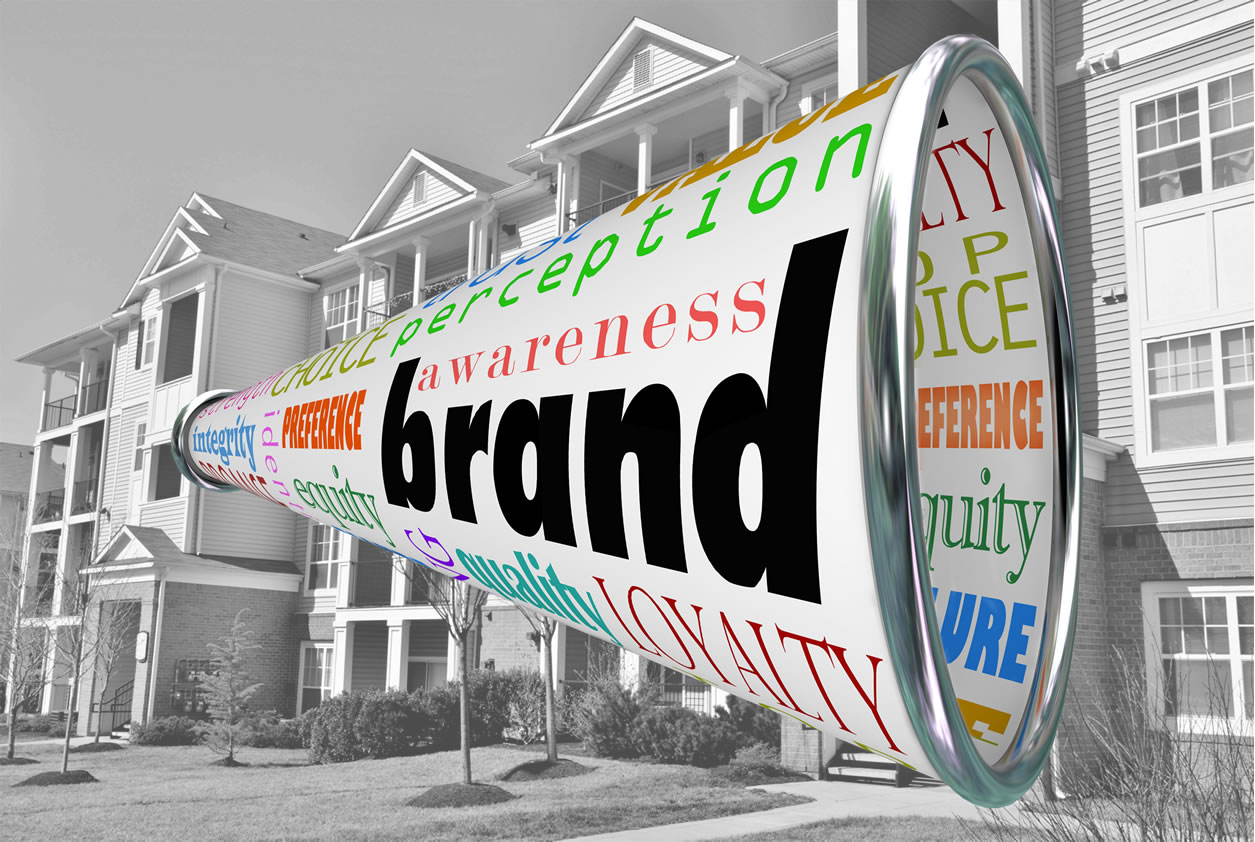The following is a guest blog post from Zillow, the leading real estate and rental marketplace dedicated to empowering consumers with data, inspiration and knowledge around the place they call home, and connecting them with the best local professionals who can help.
When social media is done right, it connects you and your brand with your audience in powerful ways. It’s a conversation that turns receivers into amplifiers, spreading your message and expanding your reach.
Sounds great — but how does this actually happen?
It’s all about content, and content is all about telling great stories across any number of hungry marketing channels.
A robust social media brand presence isn’t just a nice to have. It’s a vital part of how prospective renters learn about your community and how current residents stay connected with it. Tell your story the right way, and you’ll be able to attract and grow an audience that wants to be a part of it.
“Your stories are whatever your audiences are dreaming about,” says Stephanie Reid-Simons, director of content at Zillow Group. “You can tell powerful stories for different audiences across channels with images, motion and words. As we work to connect with renters, we want to do it in a way that is engaging, authentic, appealing and shareable. You want to be the person at the party with the most interesting things to say.”
Sheri Killingsworth, Vice President of Marketing and Communications at Lincoln Property Company, says every community needs to have a Facebook page, along with a profile on Twitter, Instagram and even Pinterest. Every one of the 400+ communities in Lincoln’s management portfolio has its own set of social channels that match each property’s unique brand, communicating its lifestyle and story to residents and prospects.
“The brand is like the cover of the book,” Sheri said in a recent interview with Zillow Group Rentals. “The life of the community, the events, the neighborhood, photos of actual residents and our reviews are the story. Our prospects are going to social channels and looking. We want to be sure we’re telling the story of the community, so even before they walk into the door they’ll know if it’ll fit their lifestyle.”
Whether you’re on the national team, in a regional group or on-site, there is a ton of content to keep up with and countless distribution channels to consider and manage. How do you do it? Zillow Group Rentals has three tips to help you “COPE” with content overload.
1. Tell the right story for your audience.
Your audience is dreaming about a lifestyle, not a deal on a two bedroom with lots of closet space. While that can be part of your community’s story, they are not the focus. (Remember the 80/20 rule.) A good story makes your audience feel something and drives action. Tap into what resonates with your audience through research and social listening. Ask your residents about the best local coffee shops or nearby hiking trails and share their favorites. In doing so, you celebrate your residents and showcase your community as a place that’s connected to the broader community.
2. “COPE” with hungry channels.
The key to producing enough content to feed your channels is to “Create Once, Publish Everywhere,” or COPE. If you’ve got an image that people respond to, put it on your site, on Facebook, on Instagram. Send it via email. Post it again on Twitter. With minor tweaks, a great story can be told in many forms. And remember: Curation is creation. Zillow, for example, produces content designed to attract and engage renters, and we invite you to share it!
3. Focus on the big picture.
What does success look like to you? Building a pipeline of content through the COPE method goes a long way toward establishing a strong social media presence. Invest in quality, shareable content over quantity. Not all of your readers will become residents, but the more buzz you create, the larger your pool of potential residents becomes. But, be patient. Building quality content is a long game and not immediately measurable. Focus on creating thriving channels through exceptional storytelling, and you’ll have campaigns that engage in multiple places over time.

